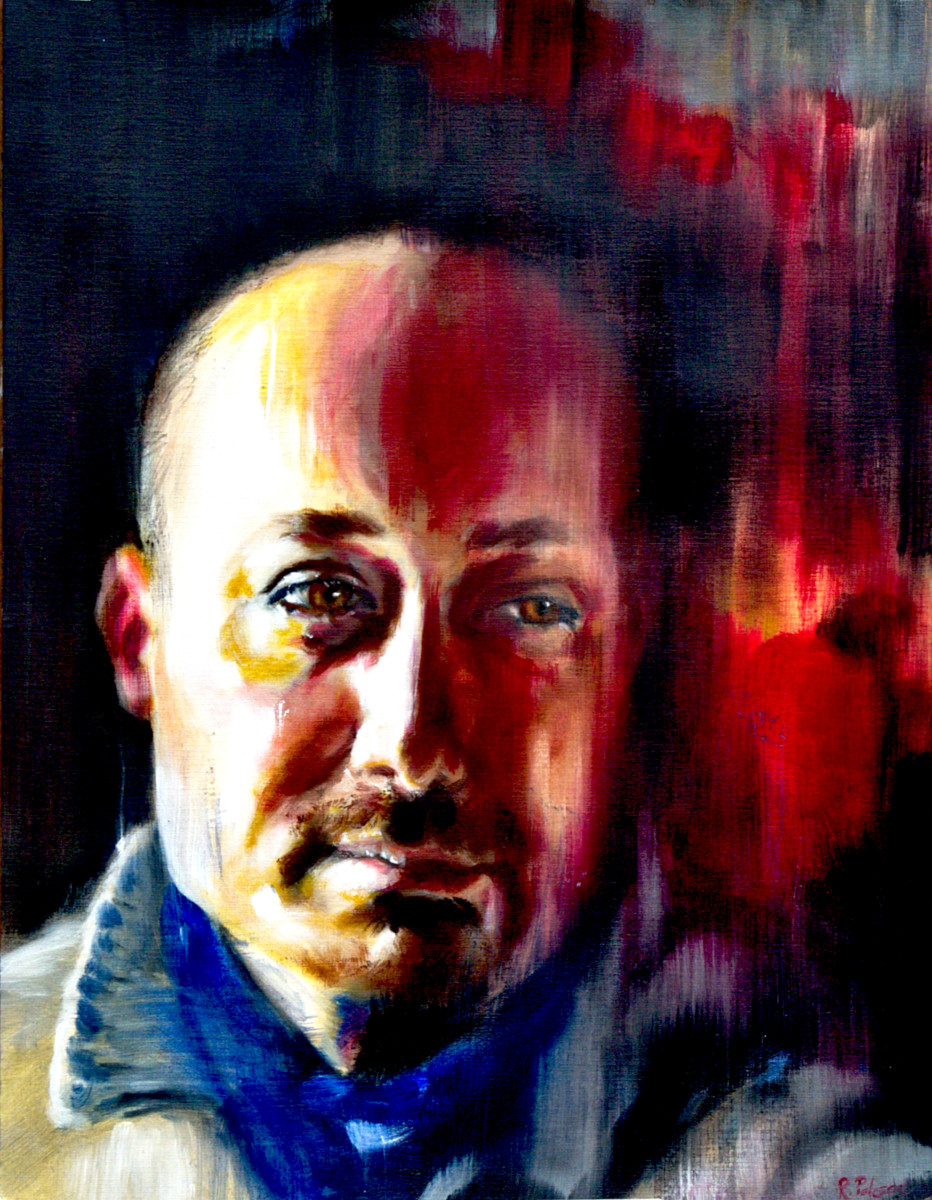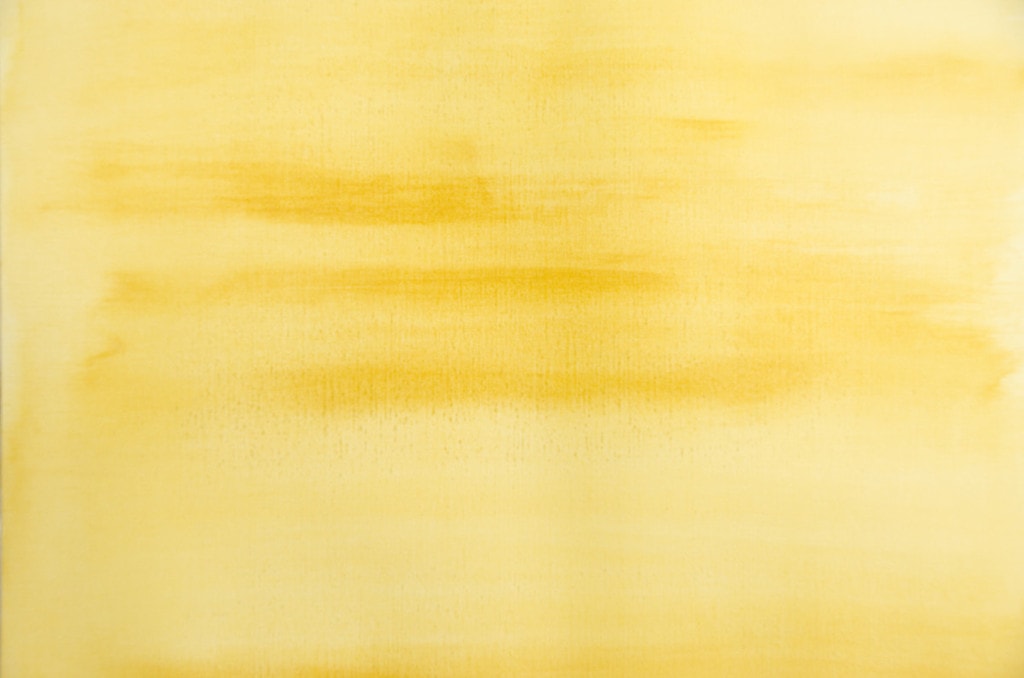This post is the third in a series of oil painting project tutorials derived from coursework completed at Academie Noord in Brasschaat, Belgium. Projects were designed by Schilderkunst teacher Marilou van Lierop. The sample artwork is my own.
Faces firmly grounded in reality then reproduced, distorted, even destructed through the interpretation of a contemporary painter. This is the work of Adrian Ghenie, one of the world’s best-selling artists.
After teaching her class how to paint, Marilou van Lierop began to challenge us with the question of why we paint. She did so by presenting us with an interesting challenge. In this lesson, we were to paint a portrait based on an actual photographic image. Then, we were asked to unpaint it. We made a face, then abstracted it into a head.
“For the face is a structured, spatial organisation that conceals the head, whereas the head is dependent upon the body, even if it is the point of the body, its culmination.” (Gilles Deleuze).
“We already have the photograph,” she would say. “Now we have to paint away from reality.” The process of making art is about much more than just copying what we see with our eyes.

Marilou presented us with several copies of Ghenie’s paintings. Each student was to choose one example. In addition, we needed to find or create a clear, well-contrasted image of a person (known or unknown). I chose Adrian Ghenie’s Self-Portrait No. 3. I also snapped a well-contrasted photograph of my husband. With our materials in place, we were to first paint a portrait, then deconstruct it following the method of our chosen example.
Project: Portraiture in the Style of Adrian Ghenie
Skills Exercised: Imprimatura, Wipeout Method of Underpainting, Painting Wet on Wet, Painting in Value Gradations, Dry Brush, Impasto
Materials: Water-Mixable Oil Paints, Water, Water Mixable Linseed Oil, Paint Brushes, Canvas/Canvas Paper/primed wood panel
The Palette
In this class, we use water mixable oil paints and mediums. Not only are they better for the environment (water is used as a solvent), they’re also much better for our health in a crowded classroom (less toxic fumes).
My painter’s box includes the following Winsor & Newton Water Mixable Oil Colours, as suggested by my painting teacher. Other brands may work just as well, but I haven’t tried them myself. All additional colors are either mixed on the palette or created through glazing onto the painting.
- Yellow Ochre
- Cadmium Yellow Pale Hue
- Burnt Umber
- Burnt Sienna
- Permanent Alizarin Crimson
- Cadmium Red Hue
- Cerulean Blue
- French Ultramarine
- Viridian
- Titanium White
I also use a bottle of Winsor & Newton Artisan Water Mixable Linseed Oil
The Method
Students were asked to sketch out a basic working portrait directly on the canvas. We then built up our paintings using the same methods used in previous projects. However, we first aimed for realism on one area of the work, and reserved the other side for deconstruction. Deconstruction was achieved by generally painting in a loose style, brushing over the wet paint, dry brushing over the dry paint, adding thick areas of impasto, and any other methods with which we’d like to experiment.



Notes:
- This painting was completed incredibly quickly. I believe I finished over the course of 3 days in the studio.
- I was able to complete two other examples using the same or a similar technique. See Portrait of Damiano: Oil Painting in the Style of Adrian Ghenie and Deconstructed Portrait of a Woman: Oil Painting in the Style of Adrian Ghenie
- Notice the right ear. Marilou van Lierop advised me to do a quick application of red over the original flesh-color in order to make it recede into the background.






2 thoughts on “Portrait of Emanuele: Oil Painting in the Style of Adrian Ghenie”